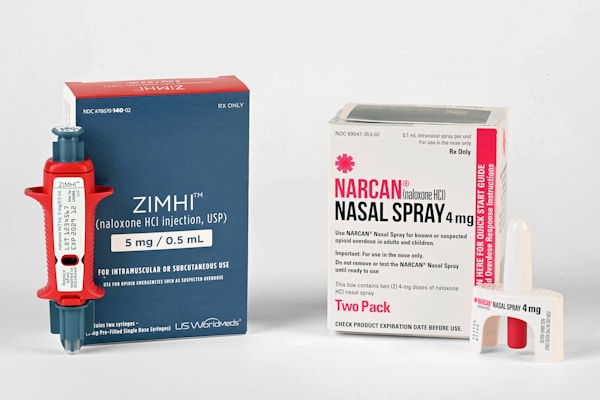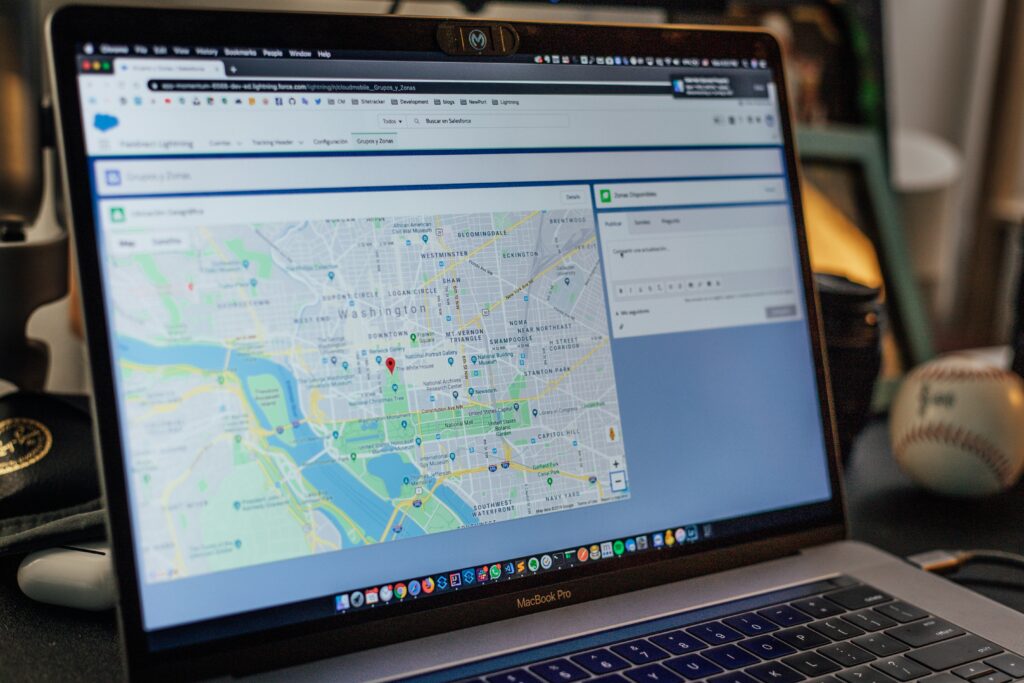Opioid overdose is a serious and common problem in the United States, but knowing the signs and symptoms can help you recognize an overdose quickly and get the help that is needed. From pinpoint pupils to shallow breathing, understanding the signs of opioid overdose can help people save lives. Keep reading to learn more about the signs of an opioid overdose.
Pinpoint Pupils
Pinpoint pupils are one of the most recognizable signs of opioid overdose. The small size of the pupils can make them look like pinpoints, hence the name. This reaction occurs because opioids work on the part of the brain responsible for controlling pupil size. As a result, the pupils become constricted, and they do not respond to changes in light.
If you notice that someone has pinpoint pupils, it is important to seek medical attention immediately, as this is a sign of opioid overdose. Time is of the essence when it comes to opioid overdose, and prompt treatment can mean the difference between life and death.
Shallow Breathing

Shallow breathing is a common sign of opioid overdose and occurs when the body’s respiratory system slows down or becomes suppressed. The slowed breathing can lead to decreased oxygen in the blood, which can result in blue lips or fingertips, confusion, and loss of consciousness.
If you suspect someone is experiencing shallow breathing due to opioid overdose, it’s important to seek medical attention immediately. Delayed treatment can lead to permanent brain damage, coma, or even death. Naloxone, also known as Narcan, is a medication used to quickly reverse an opioid overdose and is available in many states without a prescription. It’s important to learn how to recognize the signs of opioid overdose and to have naloxone on hand in case of an emergency.
Blue Lips or Fingertips
Blue lips or fingertips is a serious sign of opioid overdose that should never be ignored. This discoloration is caused by a lack of oxygen in the body due to slowed or shallow breathing, which can be a life-threatening symptom. In the case of opioid overdose, breathing can become so depressed that the body is unable to take in enough oxygen to keep vital organs functioning properly. Blue lips or fingertips indicate that oxygen levels in the body have become dangerously low and immediate medical attention is necessary.
Extreme Drowsiness or Unconsciousness

Extreme drowsiness or unconsciousness is one of the most alarming signs of an opioid overdose. Opioids work by binding to receptors in the brain and central nervous system, slowing down the body’s functions, including breathing and heart rate. When too much of an opioid is taken, it can cause a person to become extremely drowsy or even unconscious. In some cases, the person may even stop breathing altogether, leading to brain damage or death. It’s important to note that extreme drowsiness or unconsciousness may occur quickly after taking an opioid or may develop gradually over time.
Gurgling or Choking Sounds
Gurgling or choking sounds are a sign of severe respiratory depression, which is a common symptom of opioid overdose. When a person overdoses on opioids, the drug suppresses the central nervous system, leading to slowed breathing, decreased heart rate, and decreased blood oxygen levels. As a result, the body’s natural response is to gasp for air, which can lead to gurgling or choking sounds.
Overall, the signs of an opioid overdose are incredibly important to recognize. They enable us to identify when someone has overdosed and can help us to act quickly and save lives. Altogether, recognizing the signs of an opioid overdose is a critical part of ensuring the safety of our communities.

















